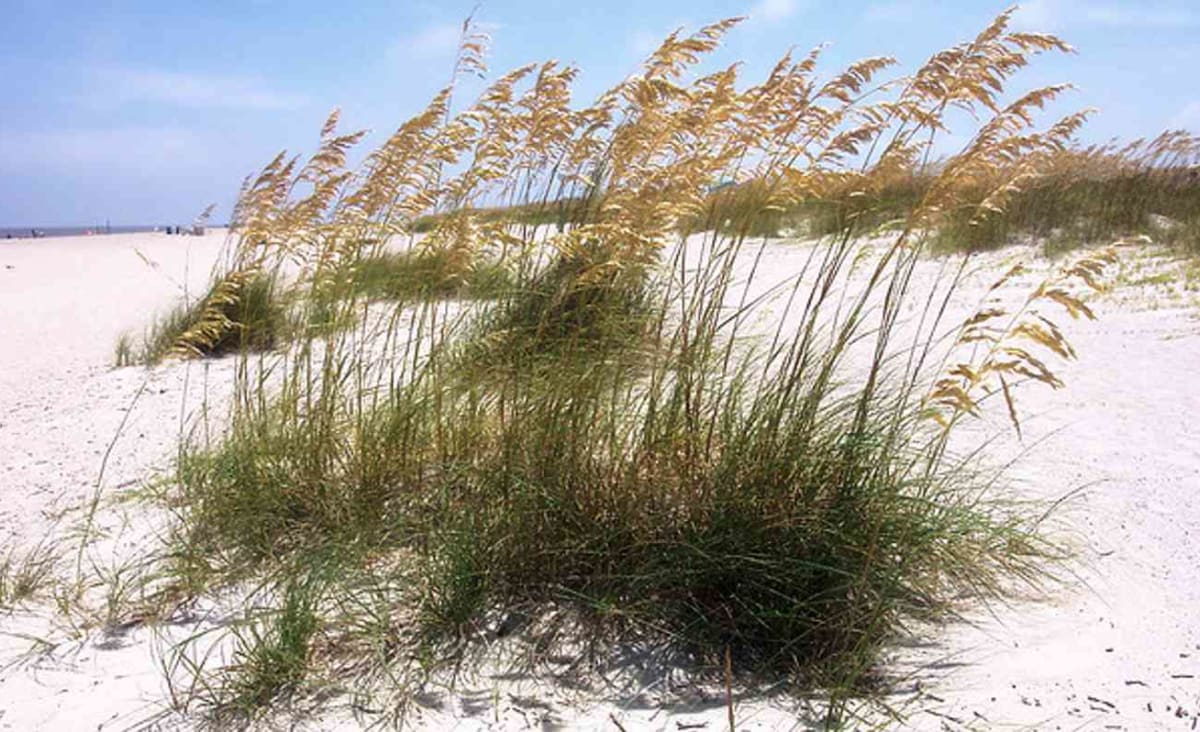
www.goodnewsnetwork.org
Retired Banker Devotes His Millionaire Fortune to Restoring Protective Sand Dunes on Island Beaches
On Georgia's Tybee Island, a retired banker recently forked over $15 million to resurrect a natural beach ecosystem.
Social & Lifestyle
Like with spouses, some people lay their eyes on a stretch of beach and are never the same again.
Fortunately for the dunes along the shoreline of Tybee Island, Georgia, they caught the eye of a rich banker with a green heart of gold, who is paying a king’s ransom to create a storm-resistant living beach where animals and beachgoers can coexist.
Sea oats sway in the breeze, while ghost crabs skitter around the dunes and kestrels hunt on the winds above. They are set among small overwalks, wind fences, dunes built up over time around coastal vegetation, which all serve to create a natural ecosystem that is also, according Alan Robertson, the best chance his small island has of surviving storms and sea-level rise.
“If you didn’t know it was not nature, well, you wouldn’t know [it was built by bulldozer],” Mr. Robertson, a former international banker who spent $15 million of his own money to restore an eight-acre beach on Tybee, told Christian Science Monitor.
Involving nearly 50,000 cubic yards of sand, the rebuild was costly but necessary, as scientists hypothesize that climate change will cause stronger storm surges, which has already raised sea levels around the Earth by around one foot.
Robertson’s restoration, which kindly included two parking lots offshore, is so successful, the National Oceanic and Atmospheric Administration asked him to write a book of best practices for beach restoration, while some experts have said he’s 6-7 years “ahead of this country.”
Out of beach reach
While many coastal communities in the U.S. turn to dykes, seawalls, floodgates, flood channels, and more to stop storms surges, these have the often deleterious effect of diminishing beaches, which themselves act as excellent storm protectors. Many beaches around the world however require regular “nourishment” in the form of thousands of tons of dredged sand which tends to erode twice as fast.
This is a consequence of the encroachment of civilization onto the beach ecosystem, leaving it a strip of manicured sand, but removing the dunes and other aspects behind.
Beach restoration is often at the center of discussion about whether to try and reinforce the coast against storms and rising oceans, or whether to simply stop building expensive infrastructure on what may become prone to regular flooding over the next 20-40 years.
However some scientists believe that if beaches are returned to their natural state, the worst of these effects will be avoided.
“The beach is a wonderful, free natural defense against the forces of the ocean. Beaches absorb the power of the ocean waves reducing them to a gentle swash that laps on the shoreline,” Orrin Pilkey, a professor of earth and ocean sciences at Duke University, told the Guardian.
























































